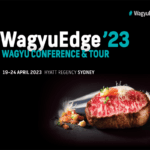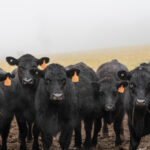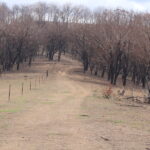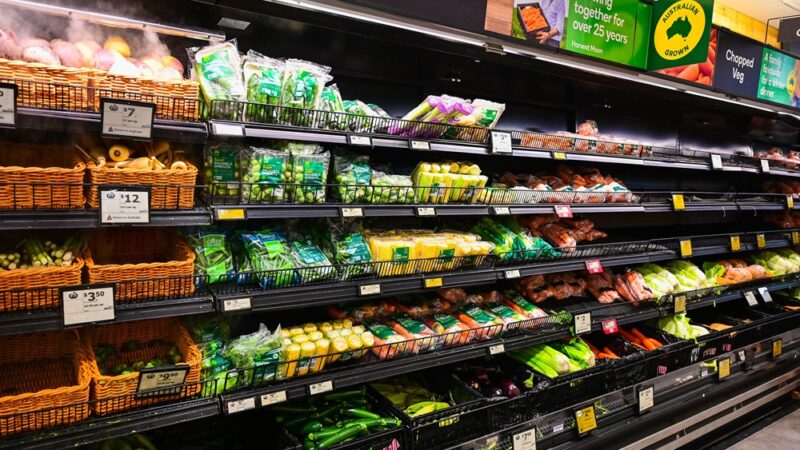World-class Wagyu breeders will share their success stories in producing luxury beef products at the…
What’s at stake for Australian Wagyu?
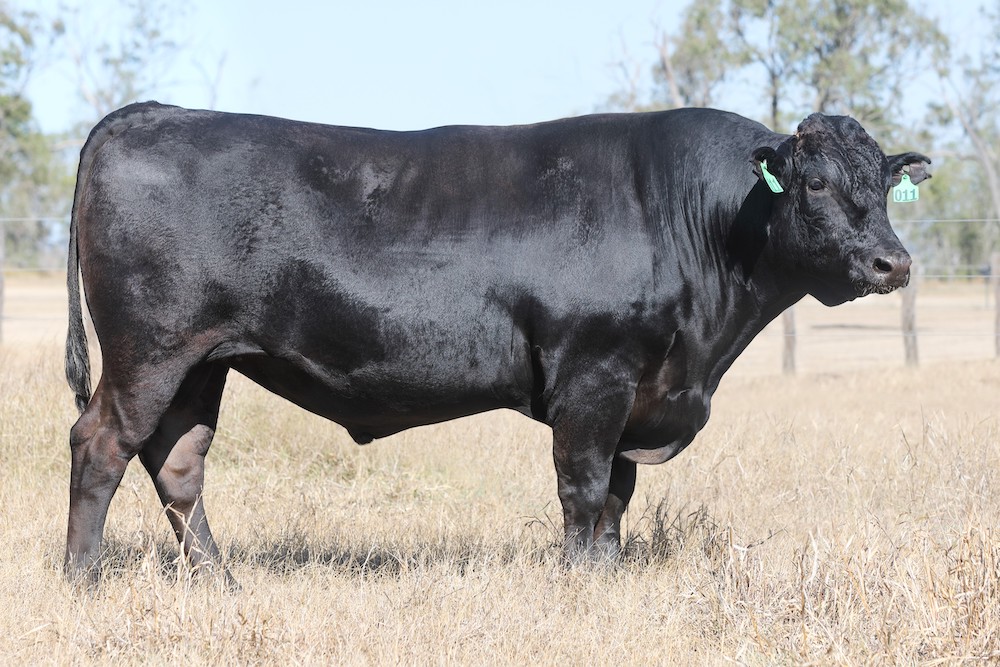
Every five years, the Japanese Wagyu Olympics are held. Since 1966, the Wagyu Olympics were used to encourage a high level of cattle breeding and to promote Wagyu beef in and outside of Japan. The most recent Olympics was held in October 2022.
The Breed Improvement category judges a cow on visible traits such as its size and proportions. The Meat Quality category is open to carcases judged on fat quality and content.
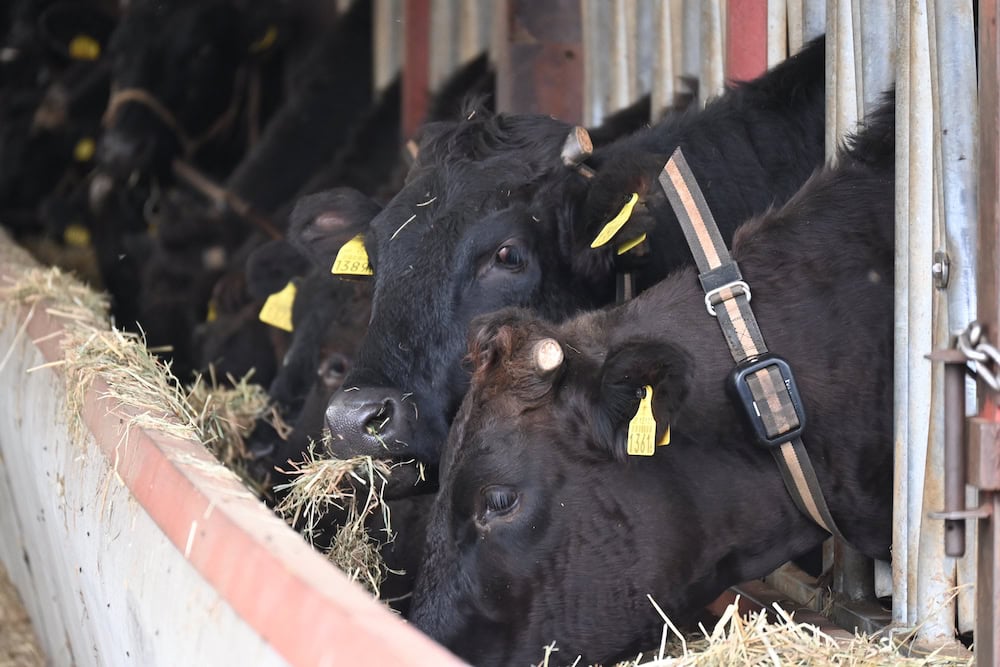
At the most recent Olympics, pairs of breeding cows and fattening cows were paraded, prodded and turned into prime steak in a competition to identify the best Wagyu beef. At the end of the competition, the best breeding cows and carcases were sold at auction.
What is at stake is the ability to breed and lay down intramuscular fat: the last fat deposited within the muscle.
The soft fat in Wagyu beef has a lower rendering point than other beef. Intramuscular fat is metabolically expensive to achieve because the breeder or finisher has to hold onto the animal for longer, feed it for longer and allow the animal to lay down weight slowly, which helps give the beef its famous marbling.
Then there is the delta-9 desaturase gene, which converts stearic acid (saturated fat) into oleic acid, which Wagyu cattle are selectively bred to enhance.
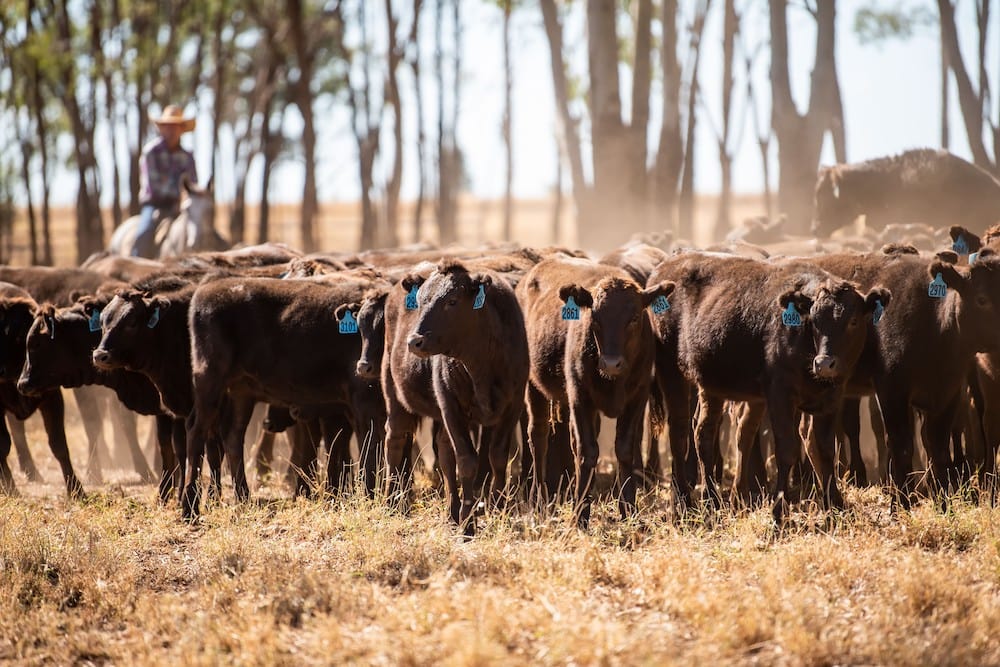
Readers would be familiar with oleic acid being predominant in olive oil as mono-unsaturated fat. This same dedication to excellence continues to influence and drive the passion of Wagyu cattle breeders in Australia. Their passion is driving breeding at the cutting edge of data collection, with an eye on the future for customers and consumers.
When a pedigree Wagyu heifer bred by Jon and Robyn Elphick of Inverell sold for $400,000 in NSW last year, there were 45 international bidders from 10 countries among the 260 registered bidders, in person and online, at the sale.
The winning bidders, Yulong Investments, bought Sunnyside S0014 for an embryo transfer program, using elite semen and recipient cows.
Origins of Australian Wagyu
The Wagyu breed was introduced into Australia in the 1980s and 1990s as a minor breed in a very niche market.
Science was part of the breed’s growth from the beginning, figuratively and literally. Genetic analysis was centred around growth – or size – of the Wagyu animal, while matching animals to breed for eating quality and marbling traits.
Because the Wagyu animal was generally owned by the one farmer throughout its life, that enabled breeders to rapidly develop a collection of useful data.
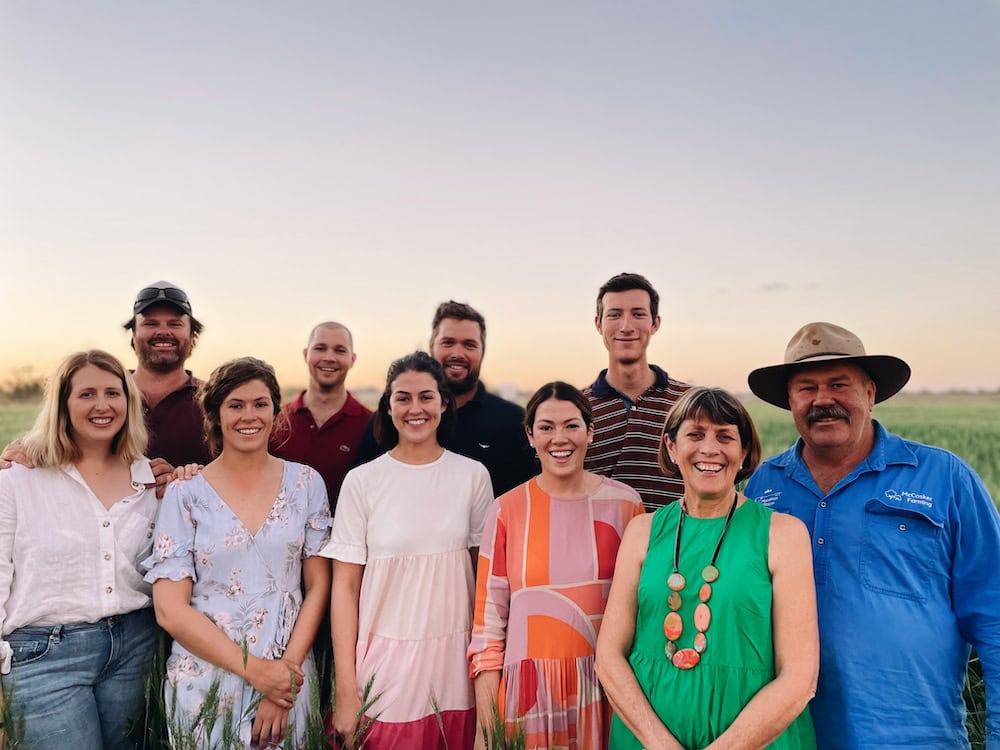
This was incredibly important, given only 300 animals were allowed out of Japan and into Australia.
That initial courage that breeders demonstrated has now been vindicated with global interest – to the extent that Australian Wagyu genetics have been exported into many other countries.
The high marbling and eating quality traits in the Australian Wagyu have attracted interest from Asian countries, including the Japanese market, where premiums of at least 10 per cent are paid for the meat.
Export markets are growing
Last year, the three North Asian markets of China, Japan and Korea imported more than 62 per cent of Australian beef exports by volume.
Wagyu breeders want to be part of that and, according to the Australian Wagyu Association, Australia is the largest global exporter of Wagyu branded beef.
A Meat Standards Australia research project is looking to identify a quantified ‘Wagyu effect’ involving feedback from thousands of consumers across Australia and the Middle East participating in sensory testing.
The United Arab Emirates is involved because it has been identified by Meat and Livestock Australia as an emerging market for Australian-grown Wagyu meat.
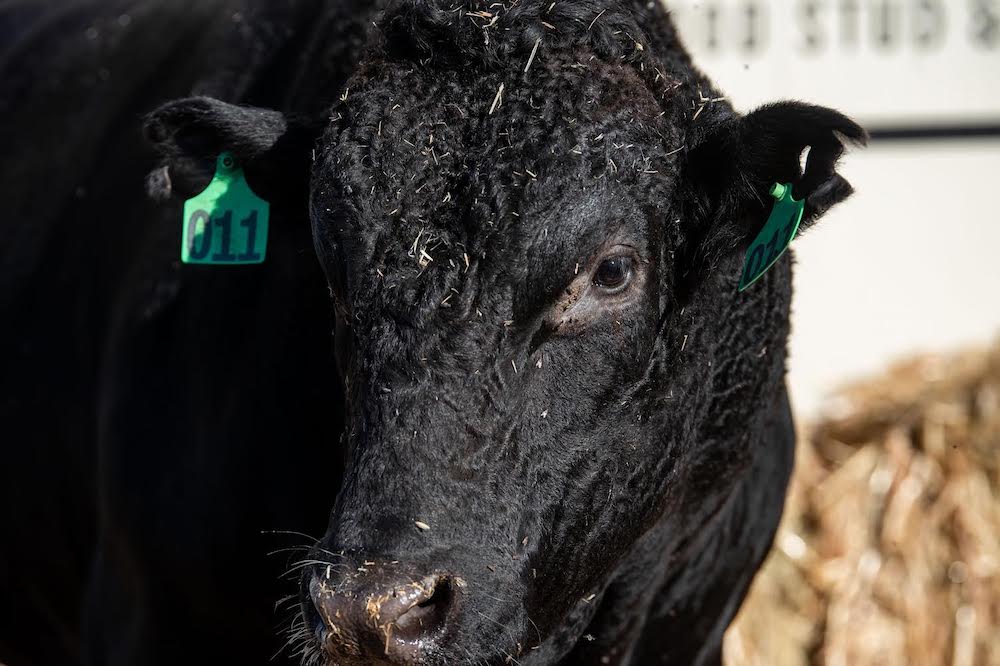
The sensory test, describing the eating quality potential of a beef product, involves 72 head of cattle, including purebred Wagyu, Bos Indicus F1, Angus F1 and purebred Angus.
Recent changes mean Wagyu is part of that F1 progeny testing for carcase and feed performance. This has opened the potential for using Wagyu bulls as terminal sires, whose offspring will be used for meat.
The Australian Wagyu Association currently holds the world’s largest Wagyu genetic database, with more than 25,000 full-blood animals registered in the system.
Wagyu is also set to benefit from a project identifying country of origin markers that guarantee the meat is produced in Australia. Technology trials to identify authenticity were developed in Japan, Singapore, the UAE, China and the US which use Blockchain technology to secure supply chain integrity, providing customers with a trusted provenance story.
Provenance stories have also benefited from the growth of the Wagyu Branded Beef Competition. In 2023, there is a record 58 entries from 28 individual brands competing across five classes.
Collecting data with Circle 8
Jeremy Seaton-Cooper, of Circle 8 Bulls, has recently been validated and recognised for his discipline of applying data to breeding, a trait that leading Wagyu breeders are well known for.
There are four Breed Object Indexes that are designed to optimise profit outcomes from commercial breeder, self-replacing, Fullblood terminal and F1 terminal production systems. At the time of writing, Circle 8 Bulls stud has the number one Self-replacing Index (SRI) value bull in the Australian Wagyu Association (AWA) database, as well as the number one female and seven ranked females (as heifers).
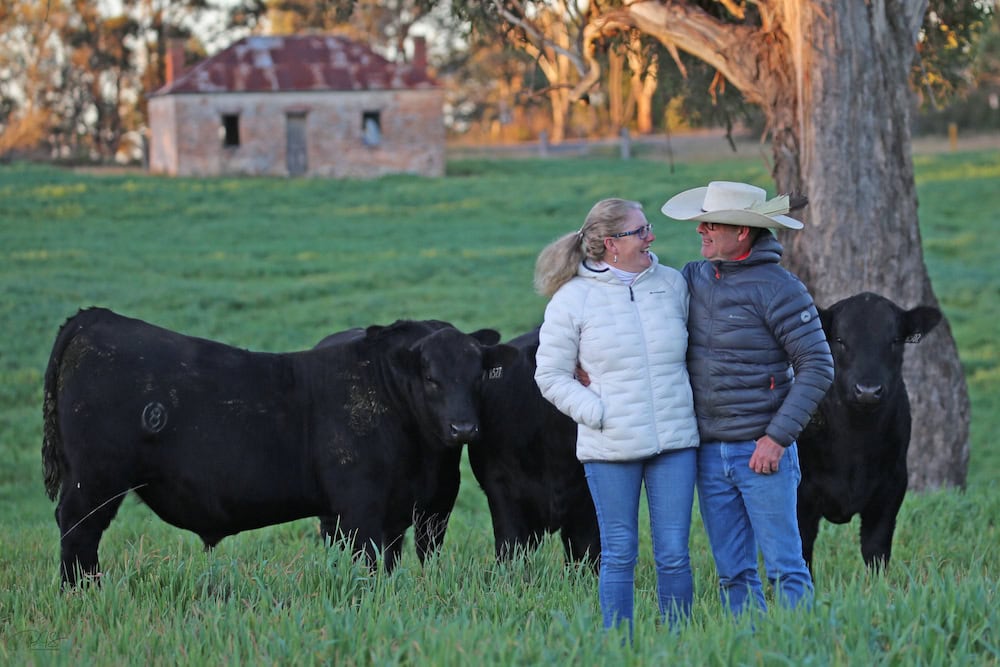
“This accolade reinforces that our breeding objectives are on the right trajectory, but at the end of the day, we won’t treat the females any differently,” Jeremy said.
Weaned earlier this year, the two heifers will be flushed (have their fertilized embryos non-surgically removed from the womb) then turned back into the herd to mature. They’ll then go through the normal practical joining and rejoining program to identify if they deliver on their genetic promise.
“A cow earns her keep by having a calf, raising a calf and getting back in calf,” said Jeremy. “Commercial breeders need guaranteed fertility, and that’s what we’ll be looking for from these female cattle.”
Jeremy has been collecting performance data from his Angus cattle for 20 years, and from day one within his Wagyu breeding program.
He is pleased to see AWA supporting data collection on Wagyu F1 progeny.
“I think Wagyu bulls are stepping away from being a fad to join to any cows to try and capitalise on a premium for an F1 feeder steer,” Jeremy said.
“I see the day coming when Wagyu bulls will be a mainstay of commercial beef production. Wagyu-sired beef product will be readily available on supermarket shelves and in all levels of dining experience due to its superior eating quality.”
Jeremy Seaton-Cooper, Circle8 Bulls
“The Wagyu bull will be used as a terminal sire at the start of the production system, taking advantage of the Wagyu breeds’ high libido and calving ease traits.
“A maiden heifer is the hardest thing to get a calf out of on the farm, and a two-year-old heifer is the hardest beef cattle to get back in calf on the farm.
“The Wagyu breed can fix a fertility issue in your herd and add eating quality to the meat harvested from the animal.”
Growing the Marathon family
Last year, a new chapter in Wagyu breeding was written when Michael and Susan McCosker purchased the Codenwarra Wagyu herd. The Codenwarra herd was bred by Michael’s late uncles, Robin and John McCosker, who visited Japan in 1997 and subsequently began their career as pioneers in bringing the Wagyu breed to Australia.
Michael and Susan have amalgamated those generations of breeding with their own herd, Marathon Wagyu, combining heritage genetics with modern cattle traits.
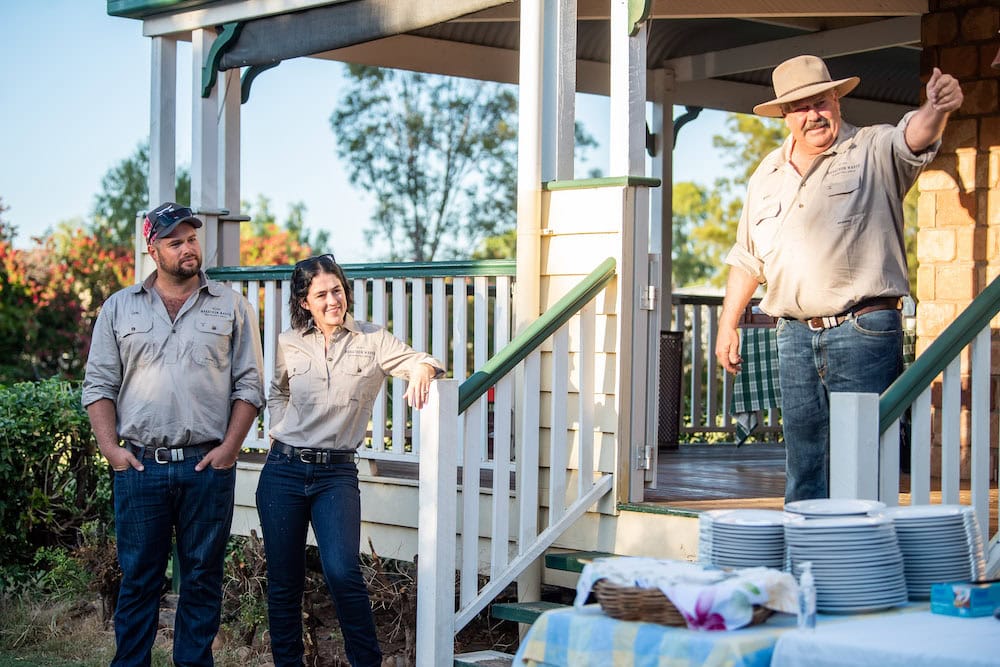
“The Codenwarra herd still strongly recognises the Sumo genetics it’s bred from. We’ve bred our Marathon herd by implementing embryo transfer and artificial insemination, using some high-performance animals to rapidly expand our genetics,” Michael said.
“Now we have a good mix of well-bred animals, with established fertility, mothering, growth and marbling traits.
“Our fertility is excellent and we’re achieving some great results through artificial reproduction. Using artificial reproduction is a great way to stay at the forefront of genetic improvement technologies.”
Michael McCosker, Marathon Wagyu
All data is important to the breeding plan and Marathon Wagyu steers consistently perform impressively, with the most recent cohort demonstrating marble scores averaging 8.3. The AUS-MEAT beef quality grading system uses a scoring range of 0 to 9+ with the latter being the highest grade of exceptional marbling.
“We’ve got a base herd of large females with plenty of growth, and we’ve achieved this without compromising on carcase quality,” Michael said.
“The recent Marathon Wagyu steer drop sold well, which gives us confidence knowing that our extensive data collection is benefitting not only feedlot buyers but also producers who are buying our herd’s genetics. We are selling our genetics all over Australia and internationally.”
Michael McCosoker, Marathon Wagyu
Marathon Wagyu recently purchased an MIJ camera and the principals use this to collect carcase data on both their and customers’ cattle in the abattoir.
“It’s something we like to do so we can consistently measure and verify carcase traits including marbling of every animal. This gives us traceable data that we can use when making future breeding decisions,” Michael said.
This attention to detail also transfers to production operations at the Codenwarra property in Emerald, Queensland. The family grows irrigated cotton, silage and grain on the property, as well as producing their Wagyu herd.
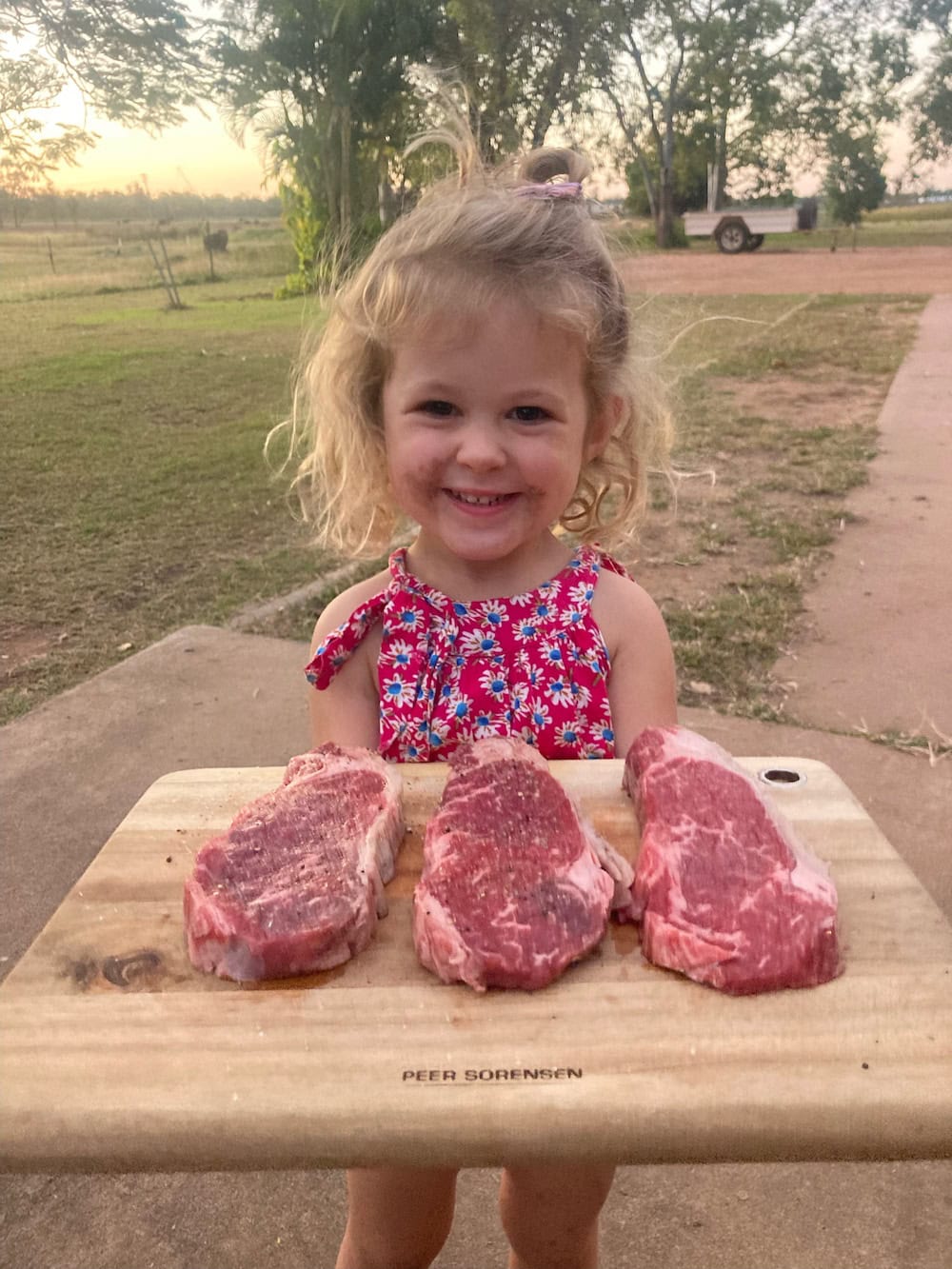
“Codenwarra is also home to a comprehensive backgrounding system that the family uses to grow out steers; and an artificial insemination facility where they store semen.
“We work with some amazing nutritionists, veterinarians and reproductive technicians to breed animals we are really proud of, and that we believe meet the needs of the modern Wagyu industry in Australia,” Michael said.
“We have premium semen in storage and some great bulls coming forward. This means we have something to suit most producers, whether they have large established herds or they’re just beginning to build their herds.
“We have the data to back each animal and that’s something people can rely on.”
If you enjoyed this feature on Australian Wagyu, you might like to read our story on the McKenzie family of Macka’s Australian Black Angus Beef enterprise.


